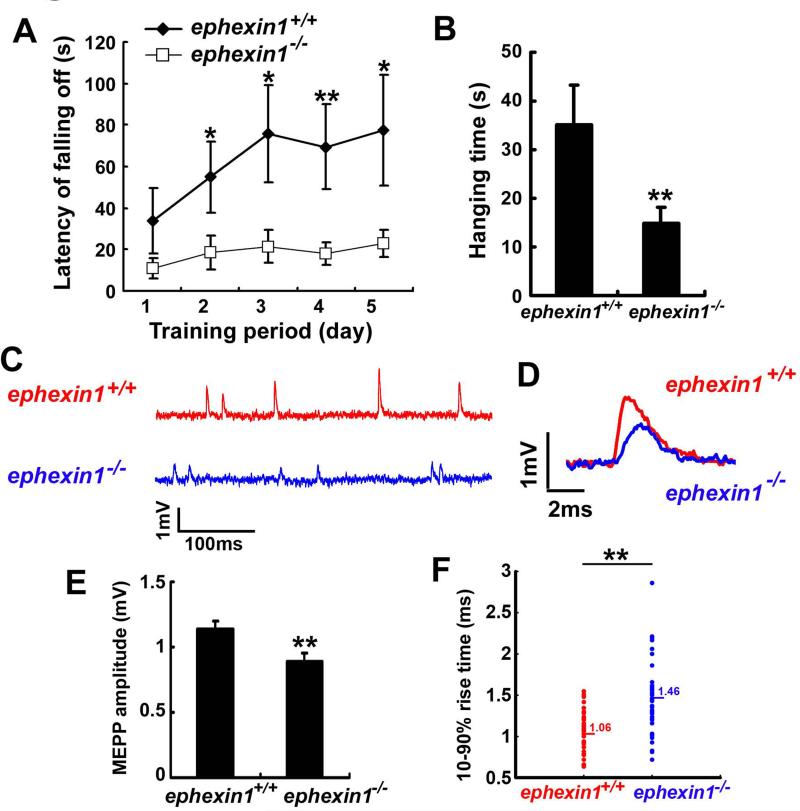Figure 1. Ephexin1−/− mice display muscle weakness and impaired neuromuscular transmission.
(A) ephexin1−/− mice showed compromised ability in the rotor-rod test during 5 days of training. The total time the mice remained on the rotating rod before falling off was measured. n = 20 for ephexin1+/+ and n = 12 for ephexin1−/− mice. Mean ± SEM, *p <0.05, **p <0.01, Student's t-test. (B) ephexin1−/− mice showed forelimb muscle weakness. Duration of time the mice can hang on to the inverted wire mesh before falling off was measured. n = 24 for ephexin1+/+ and n = 28 for ephexin1−/− mice. Mean ± SEM, **p <0.01, Student's t-test. (C-F) ephexin1−/− mice exhibited impaired neuromuscular transmission. Hemi-diaphragms of adult wild type and ephexin1-/- mice were prepared for recording the spontaneous miniature endplate potentials (MEPPs). (n = 36 from 8 wild type mice; n = 39 from 7 ephexin1−/− mice) Typical responses of the MEPPs were presented in both long time frame (100 ms; C) and short time frame (2 ms; D). (E) Pooled data showing that the amplitude of ephexin1−/− MEPPs is significantly reduced. **p <0.01, Student's t-test. (F) Data are presented as scatter plot showing prolonged and more variable rise time kinetics of ephexin1−/− MEPPs. **p <0.01, Student's t-test. (see also Figure S1)

